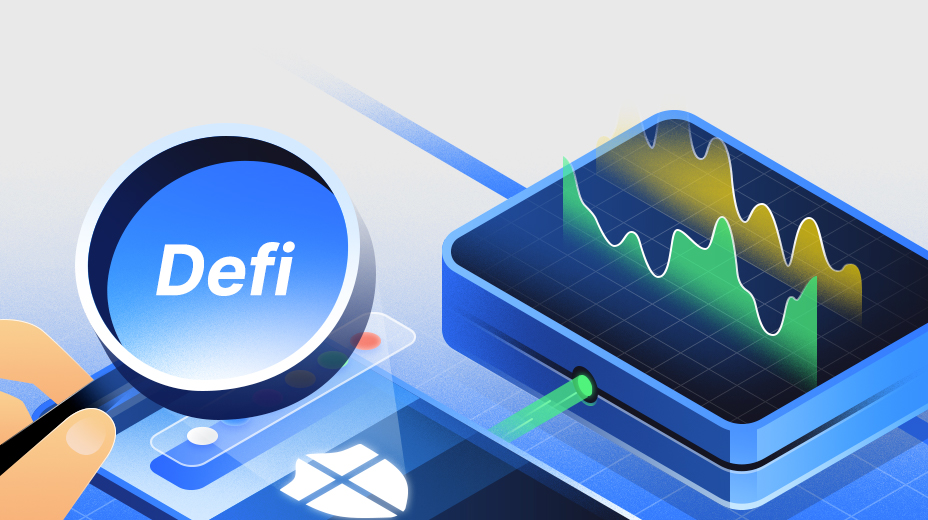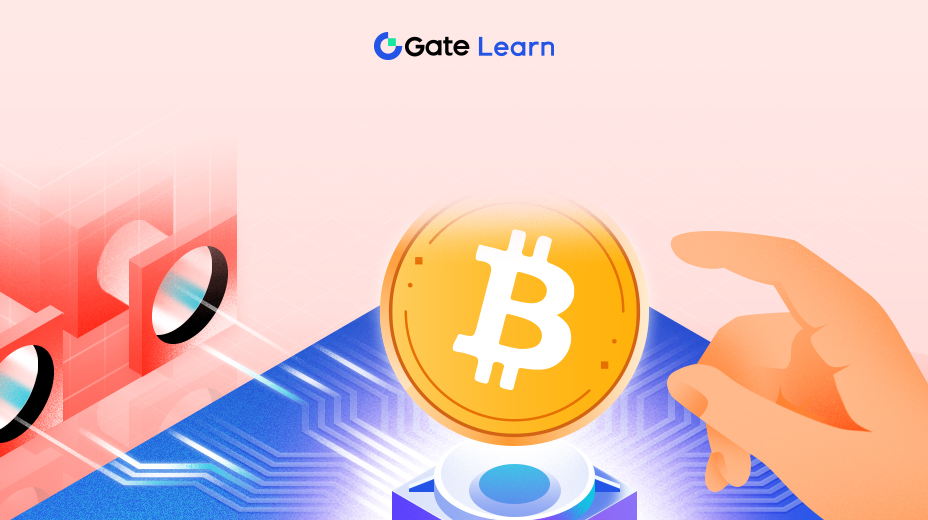Introdução aos Principais Projetos DePIN
Neste módulo, apresentamos alguns dos principais projetos no espaço DePIN, incluindo Theta Network, Render, Holo, Chia e Golem. Forneceremos uma visão geral de cada projeto e discutiremos suas propostas exclusivas. Este módulo oferece insights sobre como esses projetos exemplificam a aplicação e o potencial das tecnologias DePIN.

O ecossistema de Redes de Infraestruturas Físicas Descentralizadas (DePIN) representa uma abordagem transformadora para o desenvolvimento de infraestruturas, aproveitando a tecnologia blockchain para criar redes descentralizadas orientadas pela comunidade. Este ecossistema abrange uma ampla gama de projetos, cada um focado em diferentes aspectos da infraestrutura física. De forma geral, esses projetos podem ser categorizados em vários tipos, incluindo redes de servidores, redes sem fio, redes de sensores e redes de energia.
- Redes de Servidores: Estas envolvem soluções descentralizadas de armazenamento e processamento de dados. Projetos como o Golem exemplificam esta categoria, onde os utilizadores podem comprar ou vender potência computacional de forma peer-to-peer. Esta descentralização garante uma utilização mais eficiente dos recursos computacionais e reduz a dependência de centros de dados centralizados.
- Redes Sem Fios: Projetos como o Helium enquadram-se nesta categoria. Eles criam redes sem fios descentralizadas para dispositivos de Internet das Coisas (IoT), utilizando blockchain para incentivar os utilizadores a configurar e manter nós de rede. Esta abordagem tem como objetivo proporcionar uma cobertura de Internet mais extensa e acessível, especialmente em áreas desfavorecidas.
- Redes de Sensores: Estas redes concentram-se na recolha e processamento de dados de uma multiplicidade de sensores, frequentemente utilizados para monitorização ambiental, cidades inteligentes e tecnologias agrícolas. Ao descentralizar as redes de sensores, a recolha de dados torna-se mais robusta, segura e escalável.
- Redes de Energia: Projetos nesta categoria, como os que exploram redes de energia descentralizadas, têm como objetivo revolucionar a forma como a energia é produzida, distribuída e consumida. Permitem a negociação de energia entre pares, permitindo que indivíduos gerem, armazenem e vendam energia dentro de comunidades locais, levando a sistemas de energia mais sustentáveis e resilientes.
Visão geral dos principais projetos: Rede Theta, Render, Holo, Chia, Golem
Theta Network é uma rede de entrega de vídeo descentralizada, alimentada pela tecnologia blockchain. Ele aborda os desafios do streaming de vídeo, como baixa qualidade e altos custos, permitindo que os usuários compartilhem sua largura de banda sobressalente e recursos de computação. Em troca, os usuários ganham tokens Theta, incentivando a participação e melhorando a qualidade e o alcance dos serviços de streaming de vídeo.
Render, outro projeto inovador DePI, revoluciona a indústria de gráficos digitais. Utiliza uma rede distribuída de GPUs (Unidades de Processamento Gráfico) ociosas em todo o mundo para renderizar gráficos digitais. Ao aproveitar esse recurso subutilizado, o Render reduz significativamente o tempo e o custo dos processos de renderização, tornando os gráficos de alta qualidade mais acessíveis e acessíveis.
Holo é uma plataforma de hospedagem descentralizada que permite que aplicativos descentralizados totalmente funcionais (dApps) sirvam os principais usuários da Internet. Ele usa uma rede peer-to-peer de hosts que fornecem poder de computação para dApps. Os anfitriões são compensados no HoloFuel, uma criptomoeda especificamente concebida para microtransações, que alimenta o ecossistema Holo.
A Chia Network oferece uma abordagem inovadora para a criptomoeda com base na prova de espaço e tempo, em vez da prova de trabalho. Isso torna mais eficiente em termos energéticos em comparação com criptomoedas tradicionais como o Bitcoin. A Chia utiliza o espaço em disco não utilizado nos computadores dos utilizadores para as suas operações de blockchain, oferecendo uma forma mais sustentável e acessível de mineração de criptomoedas.
A Rede Golem é um mercado descentralizado de poder de computação. Conecta utilizadores que necessitam de recursos computacionais com aqueles que têm poder de computação inativo para oferecer. Este sistema permite uma variedade de casos de utilização, desde renderização de CGI até computação científica, tornando-se um jogador versátil no espaço de PI.
Compreender as suas Proposições Únicas
A proposta única da Rede Theta reside na sua abordagem para resolver as restrições de largura de banda e recursos na transmissão de vídeo. Ao incentivar os utilizadores a partilhar os seus recursos suplentes, a Theta cria uma rede de transmissão mais eficiente e económica. Isso beneficia não só os criadores de conteúdo e os espectadores, mas também melhora a qualidade geral dos serviços de transmissão a nível global.
O valor único da Render está na sua capacidade de democratizar a indústria de gráficos digitais. Ao aproveitar o poder das redes de GPU distribuídas, abre novas possibilidades para criadores de conteúdo, especialmente aqueles que não têm recursos para renderização de alta qualidade. Esta abordagem descentralizada não só acelera o processo de renderização, mas também o torna mais acessível, fomentando a inovação e a criatividade nos gráficos digitais.
Holo destaca-se pelo seu foco em aproximar as aplicações descentralizadas e os utilizadores comuns da internet. Ao contrário de outras plataformas que exigem que os utilizadores tenham conhecimentos de blockchain, a Holo facilita o uso de dApps de forma amigável. Esta acessibilidade é fundamental para a sua proposta, pois expande a base potencial de utilizadores para aplicações descentralizadas, aproximando-as da adoção generalizada.
A proposta da Chia Network centra-se na sua abordagem ambientalmente amigável à mineração de criptomoedas. Ao utilizar a prova de espaço e tempo, a Chia reduz o consumo de energia associado à mineração, abordando uma das principais críticas das criptomoedas tradicionais. Esta abordagem não só torna a Chia uma opção atraente para os utilizadores ecologicamente conscientes, mas também abre a mineração a um público mais amplo devido à sua menor barreira de entrada.
O ponto de venda único da Golem Network é a sua criação de um mercado descentralizado para o poder de computação. Este modelo permite a qualquer pessoa rentabilizar os seus recursos de computação inativos, enquanto outros podem aceder a poder computacional a taxas competitivas. A flexibilidade da Golem em casos de uso, desde renderização até pesquisa científica, posiciona-a como uma solução versátil no espaço de computação descentralizada.
Destaques
- A Theta Network é um serviço de streaming de vídeo descentralizado que melhora a qualidade e reduz os custos, incentivando os utilizadores a partilhar largura de banda e recursos de computação, ganhando tokens Theta.
- Render utiliza uma rede distribuída de GPUs inativas para renderização de gráficos digitais, reduzindo significativamente o tempo e o custo, e democratizando o acesso à produção de gráficos de alta qualidade.
- Holo fornece uma plataforma de hospedagem descentralizada para os principais usuários da Internet, usando uma rede peer-to-peer para alimentar aplicativos descentralizados, com hosts compensados no HoloFuel.
- A Chia Network apresenta uma criptomoeda ecológica baseada em provas de espaço e tempo, usando espaço em disco não utilizado para mineração, oferecendo uma alternativa sustentável aos métodos tradicionais de mineração.
- A Golem Network cria um mercado descentralizado para o poder de computação, ligando os utilizadores com recursos de computação inativos aos que deles necessitam, apoiando uma variedade de aplicações, desde renderização CGI até computação científica.





